Name Ashikaga Yoshimitsu Role Political figure | Parents Ashikaga Yoshiakira Grandparents Ashikaga Takauji | |
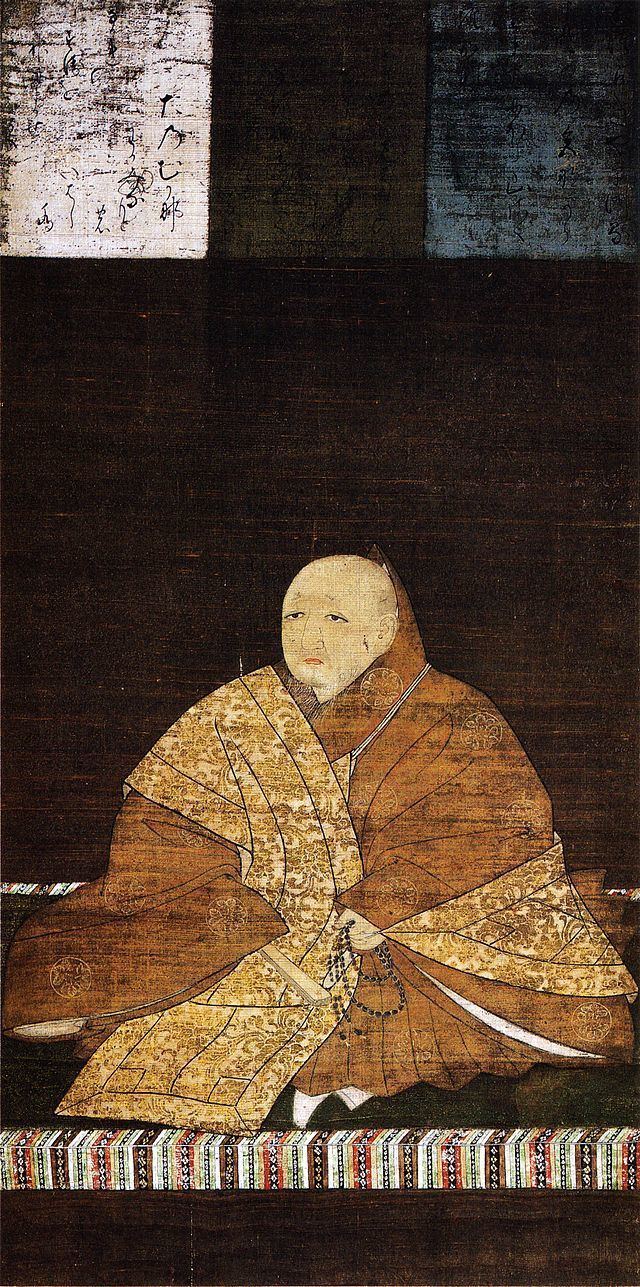 | ||
Born September 25, 1358 ( 1358-09-25 ) Spouse(s) Wife:Hino NarikoConcubine:Hino Yasukoothers Relations Father:Ashikaga YoshiakiraMother:Ki no Yoshiko Children Ashikaga Yoshimochi, Ashikaga Yoshinori Great-grandparents Ashikaga Sadauji, Uesugi Kiyoko Similar People Shōgun In office (1368–1394) Monarchs Chōkei, Go-Kameyama, Go-Komatsu Preceded by Ashikaga Yoshiakira Succeeded by Ashikaga Yoshimochi Died May 31, 1408 (aged 49), Kyoto, Kyoto Prefecture, Japan | ||
Shogun ashikaga yoshimitsu s villa kinkaku ji
Ashikaga Yoshimitsu (足利 義満, September 25, 1358 – May 31, 1408) was the 3rd shogun of the Ashikaga shogunate, who was in power from 1368 to 1394 during the Muromachi period of Japan. Yoshimitsu born as Ashikaga Yoshiakira's third son and the oldest son who survive, his childhood name was Haruo (春王). Yoshimitsu was appointed shogun, hereditary head of the military estate, in 1368 at the age of ten; at twenty he was admitted to the imperial court as Acting Grand Counselor (Gon Dainagon 権大納言). In 1379, Yoshimitsu reorganized the institutional framework of the Gozan Zen 五山禅 establishment before, two years later, becoming the first person of warrior pedigree to host a reigning emperor at his private residence. In 1392, he negotiated the end of the Nanboku-chō imperial schism that had plagued politics for over half a century. Two years later he became Grand Chancellor of State (Dajō daijin 太政大臣), the highest-ranking member of the imperial court. Retiring from that and all public offices in 1395, Yoshimitsu took the tonsure and moved into his Kitayama-dono (北山殿) retirement villa which, among other things, boasted a pavilion covered in gold leaf (Kinkaku shariden 金閣舎利殿). There, he received envoys from the Ming and Joseon courts on at least six occasions and forged the terms of a Sino-Japanese trade agreement that endured for over a century. In recognition for his diplomatic efforts (and overt displays of subservience), the Chinese sovereign pronounced Yoshimitsu "King of Japan" (Nihon kokuō 日本国王). In 1407, he set into motion a plan to become "Dajō tenno" (太上天皇), a title customarily applied to a retired emperor. Although unrealized due to his sudden death the following year, this last venture was particularly audacious because Yoshimitsu never actually sat on the Japanese throne.His buddhist name was Rokuon'in (鹿苑院).
Contents
- Shogun ashikaga yoshimitsu s villa kinkaku ji
- Timeline
- Muromachi
- Family
- Eras of Yoshimitsus bakufu
- References
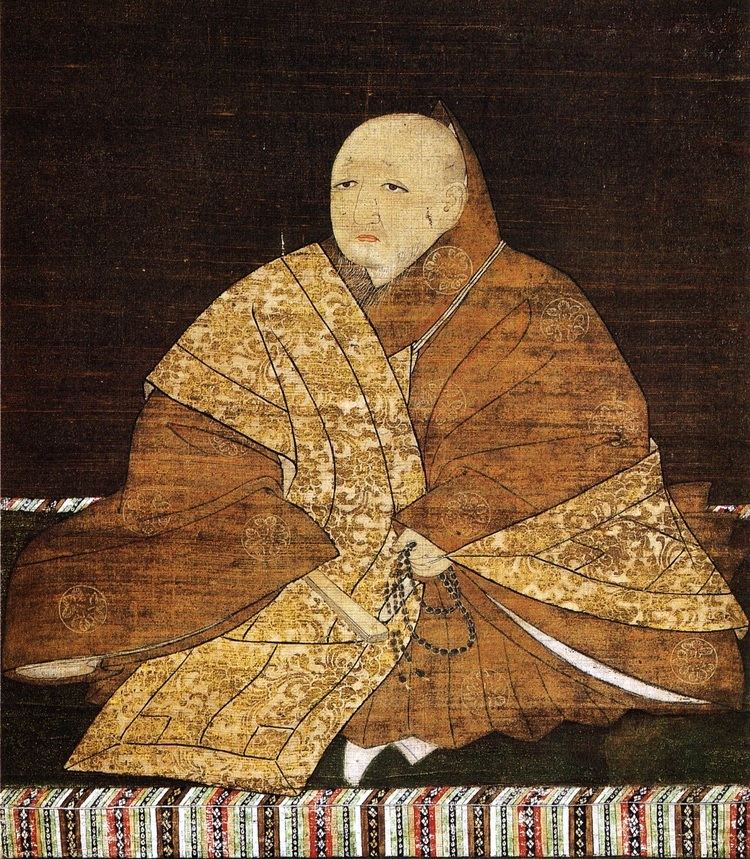
Shogun ashikaga yoshimitsu s villa kinkaku ji
Timeline
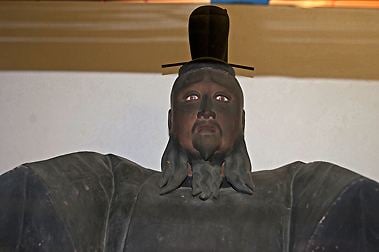
Significant events shape the period during which Yoshimitsu was shogun:
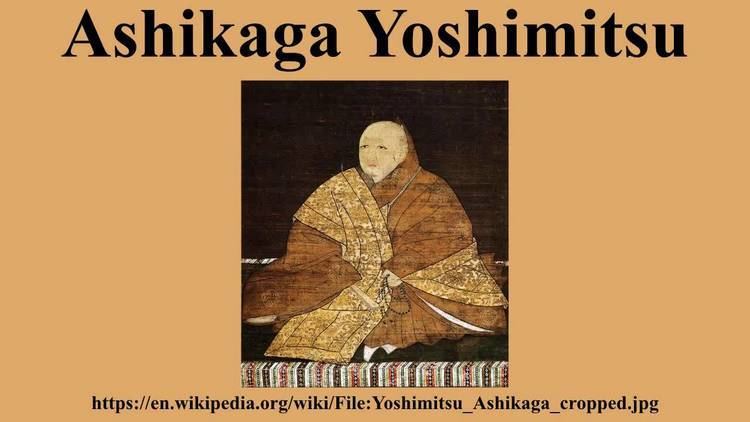
Muromachi
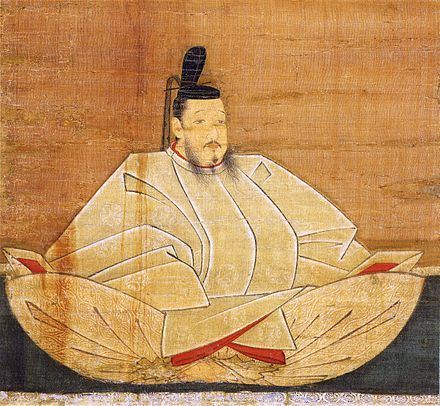
Yoshimitsu constructed his residence in the Muromachi section in the capital of Kyoto in 1378. As a result, in Japanese, the Ashikaga shogunate and the corresponding time period are often referred to as the Muromachi shogunate and Muromachi period.
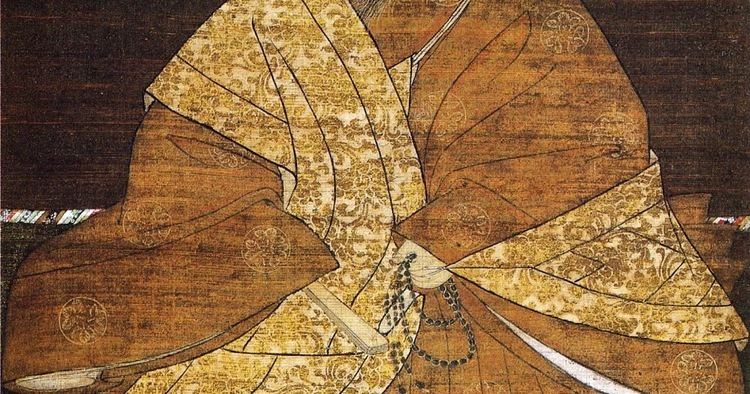
Yoshimitsu resolved the rift between the Northern and Southern Courts in 1392, when he persuaded Go-Kameyama of the Southern Court to hand over the Imperial Regalia to Emperor Go-Komatsu of the Northern Court. Yoshimitsu's greatest political achievement was that he managed to bring about the end to Nanboku-chō fighting. This event had the effect of firmly establishing the authority of the Muromachi shogunate and suppressing the power of the regional age daimyo who might challenge that central authority.
Although Yoshimitsu retired in 1394 and his son was confirmed as the fourth shogun Ashikaga Yoshimochi, the old shogun did not abandon any of his powers. Yoshimitsu continued to maintain authority over the shogunate until his death.
Yoshimitsu also played a major role in the genesis of Noh theatre, as the patron of Zeami Motokiyo, the actor considered to be Noh's founder.
Yoshimitsu died suddenly in 1408 at age 50. After his death, his retirement villa (near Kyoto) became Rokuon-ji, which today is famous for its three-storied, gold-leaf covered reliquary known as "Kinkaku". So famous is this single structure, in fact, that the entire temple itself is often identified as the Kinkaku-ji, the Temple of the Golden Pavilion. A statue of Yoshimitsu is found there today.
Family
Eras of Yoshimitsu's bakufu
The years in which Yoshimitsu was shogun are more specifically identified by more than one era name or nengō. Nanboku-chō southern court
Nanboku-chō northern court
Post-Nanboku-chō reunified court
